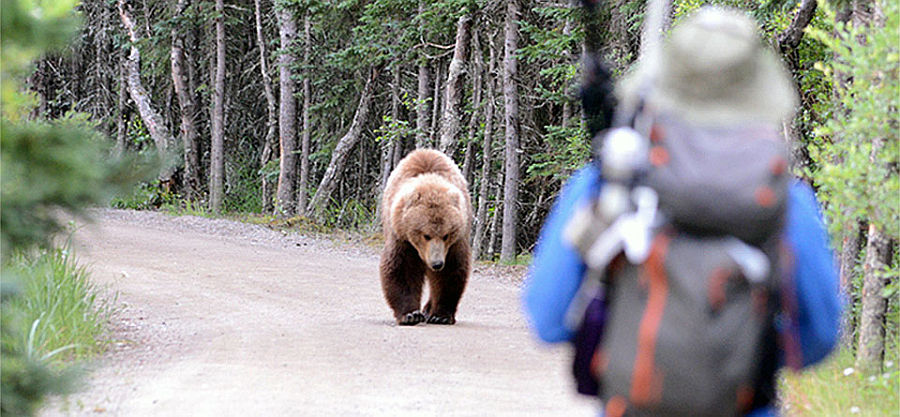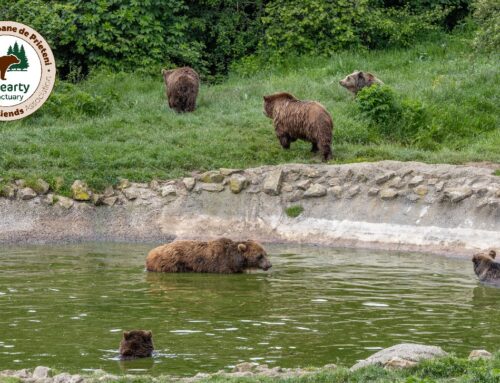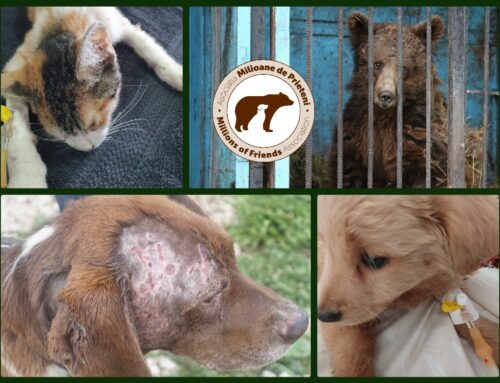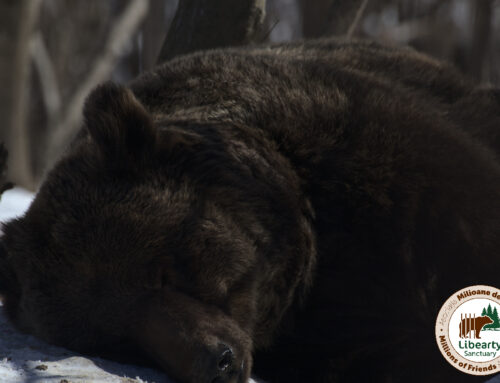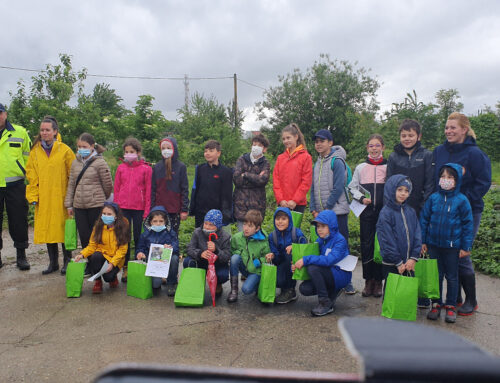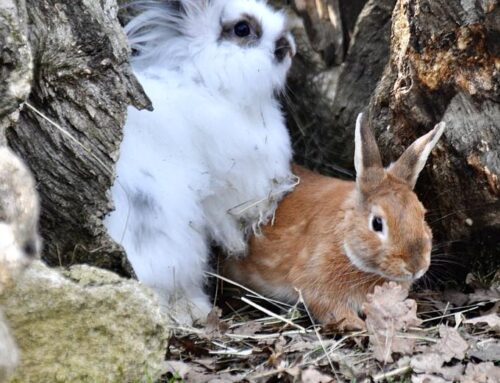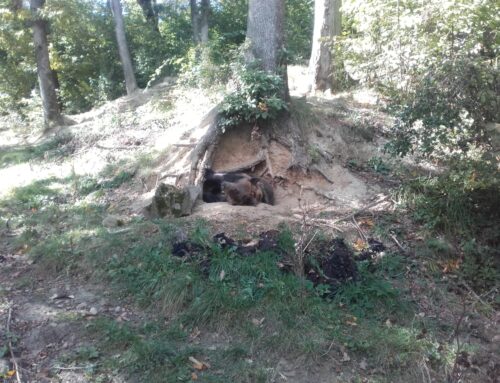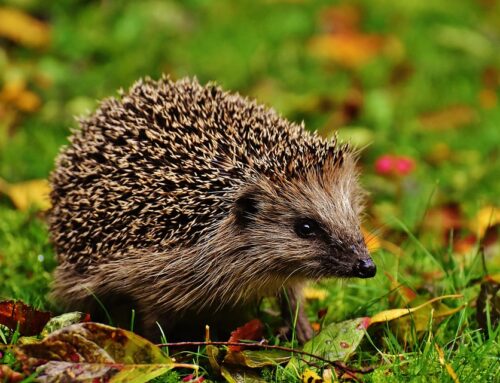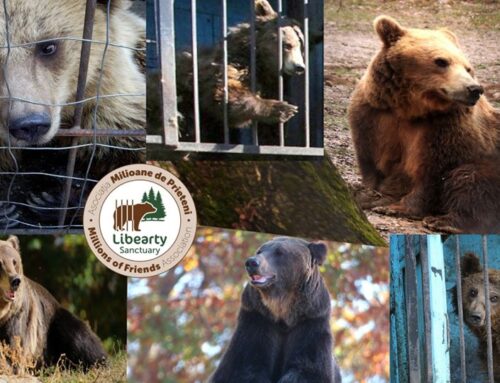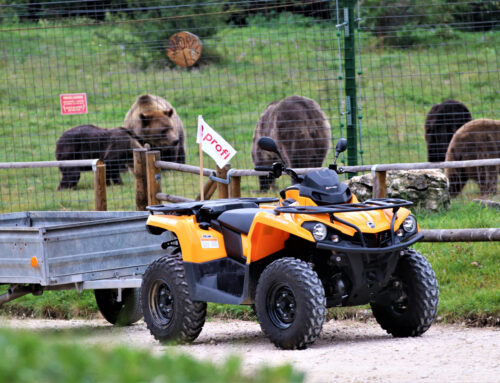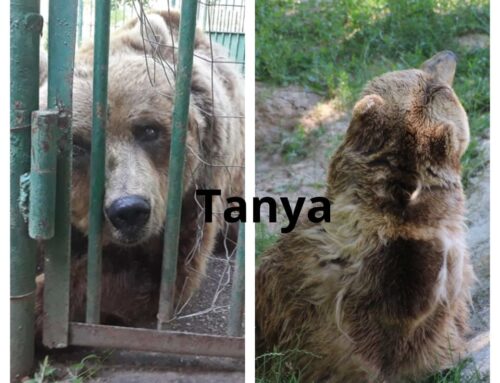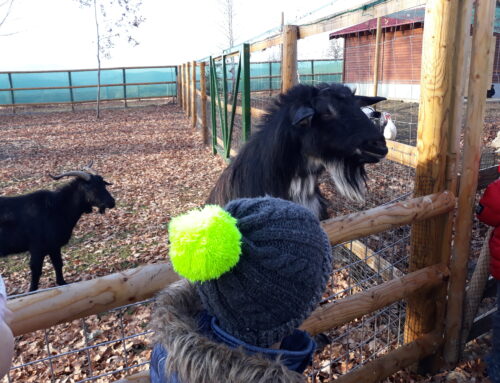1. WHEN HIKING
Seeing and avoiding bears
If you spend much time in the rural areas, the chances of seeing a bear are quite reasonable. Watching bears in their natural environment from a safe, respectable distance can be incredibly thrilling. Positive experiences are far more common than negative ones. Although extremely rare, aggressive meetings between people and bears (‘encounters’) sometimes occur. To avoid them:
- Hike in a group and during daylight hours.
- If a bear hears you coming, it will usually avoid you. Bears feel threatened if surprised. Talk or sing songs as you walk – especially in dense brush where visibility is limited, near running water or when the wind is in your face. Your voice will help bears to identify you as human.
- Be aware. Learn about and watch for bear sign. Overturned rocks or broken-up, rotten logs can be a sign that a bear has been foraging for grubs or insects. Claw marks on trees, five-toed tracks in the dirt or snow, berries on the ground, plant root diggings or fur on the bark of trees are all signs that a bear has been in the area.
- Stay away from abundant food sources and dead animals – bears may be foraging in the area or protecting a carcass.
- Keep dogs on a leash and under control. Dogs may be helpful in detecting bears, but they may also fight with them or lead them back to you.
- Avoid wearing scented cosmetics and hair products. Carry bear deterrent pepper spray.
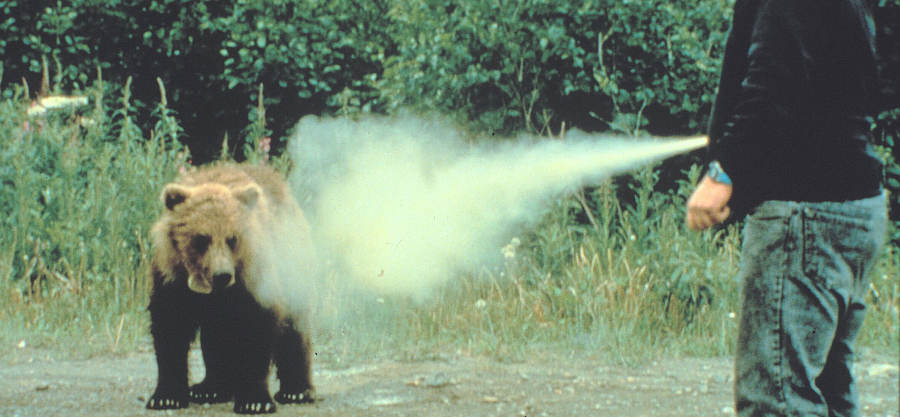
2. BEAR ENCOUNTERS
Encounters with aggressive bears are extremely rare. Attacks are even rarer. Many thousands of people live experience the excitement of seeing bears. The tips in this safety guide will help prevent bear-human conflicts, but it is always good to be prepared for an encounter. There is no fool-proof way of dealing with a bear encounter (each bear and encounter is different) but the following responses have worked in the past:
If you see a bear in the distance:
- Respect the bear’s need for space – try to make a wide detour or leave the area.
If you suddenly encounter a bear at close range…
- STOP. Assess the situation.
- Bears may act defensively if startled, or if protecting cubs or a food cache.
- Remain calm. Do not run. Identify yourself as human by talking in low tones, with arms outstretched. Move upwind so that the bear can catch your scent. Don’t crowd the bear – leave it a clear escape route and it will probably exit.
- The bear may appear agitated and stressed, ‘popping’ its jaws or swatting the ground while blowing and snorting. Watch the bear but avoid direct eye contact.
- A bear may charge in an attempt to intimidate you – usually stopping well short of contact.
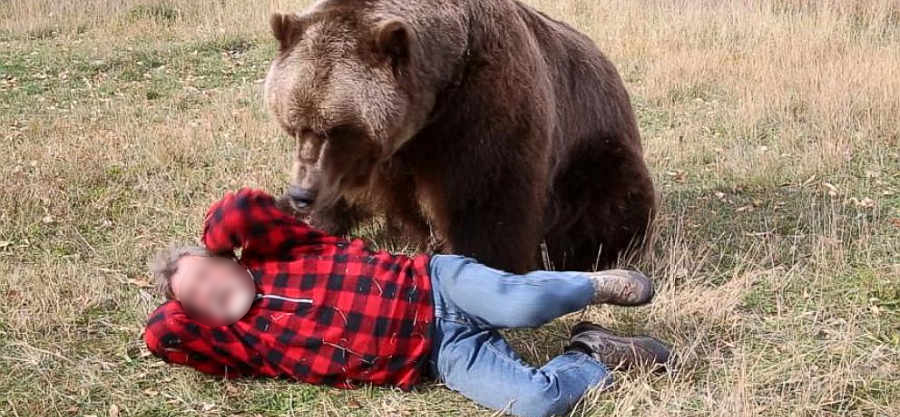
- If a bear actually attacks in a ‘sudden encounter’ situation, you should lie flat on your stomach with your legs spread slightly apart. Lock your fingers behind your head. This position will protect your face and neck. Remain still. Once the bear senses that you are no longer a threat, it will usually leave the area.
If a bear follows you…
- STOP. Assess the situation.
- Bears very rarely exhibit predatory behavior (following you before attacking). If a bear follows you, stand your ground. Try to be intimidating – make lots of noise, appear as large as possible. Let the bear know that you will fight back if attacked and that you are not easy prey. Do not run.
- If the bear continues to follow, place your pack or other item down as a distraction.
- During an offensive attack such as this you should fight back.
- Carry bear deterrent pepper spray – it may help in an encounter with a potentially aggressive bear.
Avoid to hike through the forests where the bears are signalized.
The brown bear does not eat humans. He does not like fresh meat.
The danger comes from fighting hand to hand, as the kick of a bear can be deadly.
Taken by surprise while looking for food or caring for cubs, the bear defends itself, but it is not a predator.
If we want that the next generations have the chance to see bears in our forests, protect them and respect their habitat.
Learn what to do if you encounter a bear at home or at your camp site!



